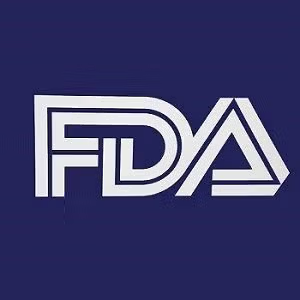Commentary
Video
Harmony Receives RTF Letter for Pitolisant, FDA Accepts Vatiquinone NDA, Gene Therapy SGT-003 Performs Well in Phase 1/2 Trial
Author(s):
Neurology News Network. for the week ending February 23, 2025. [WATCH TIME: 3 minutes]
WATCH TIME: 3 minutes
Welcome to this special edition of Neurology News Network. I'm Marco Meglio.
According to a new announcement, the FDA has given a refusal to file (RTF) letter to Harmony Biosciences for its supplemental new drug application (NDA) of pitolisant, a selective histamine 3 receptor antagonist/inverse agonist, for the treatment of excessive daytime sleepiness (EDS) among adult patients with idiopathic hypersomnia (IH). Additionally, the company noted that it is on track to initiate a phase 3 registrational trial of a higher-dose formulation of pitolisant for IH in the fourth quarter of 2025, with a target PDUFA date in 2028. In October 2023, topline data reported from the phase 3 INTUNE study (NCT05156047) assessing pitolisant in patients with IH showed no statistically significant difference between the therapy and placebo in the primary end point of improving EDS. Despite these results, results revealed that the treatment reached statistical significance in additional prespecified end points including disease severity and functional status.
According to a new announcement, the FDA has accepted PTC Therapeutics’ new drug application (NDA) for its investigational agent vatiquinone as a treatment for patients with Friedreich ataxia (FA), a rare, inherited neurodegenerative disorder that primarily affects the nervous system and heart. The agency has assigned a prescription drug user fee act (PDUFA) target date of August 19, 2025, for the first-in-class selective inhibitor of 15-Lipoxygenase (15-LO). The NDA for the small molecule therapy was based on findings from the pivotal MOVE-FA study (NCT04577352) as well as 2 long-term trials that featured pediatric and adult patients with FA. MOVE-FA, a registration-directed trial, did not meet its primary end point of change in overall modified Friedreich Ataxia Rating Scale (mFARS; P = .14); however, there was a statistically significant effect (P = .021) observed on the mFARS upright stability subscale, a pre-specified end point. In the study’s open-label extension, treatment with vatiquinone resulted in a 3.7-point benefit (P <.0001; n = 70) in mFARS at 144 weeks relative to a matched natural history cohort from the Friedreich Ataxia Clinical Outcome Measures disease registry.
Newly reported 90-day findings from the phase 1/2 INSPIRE DUCHENNE trial (NCT06138639) showed that treatment with SGT-003 (Solid Biosciences), an investigational gene therapy, was safe and resulted in significant microdystrophin expression in boys with Duchenne muscular dystrophy (DMD). The study is still enrolling, with at least 10 total participants expected to be dosed by early in the second quarter of 2025, and approximately 20 total participants by the fourth quarter of this year. Using a cutoff date of February 11, 2025, the new data comprised clinical and efficacy findings from the first 3 patients dosed in the study, as well as safety data from the first 6 patients in the study. The first 3 participants, at the time of dosing, are two 5-year-old boys and one 7-year-old boy, while the second group consisted of a 6-year-old boy and two 7-year-old boys.
For more direct access to expert insight, head to NeurologyLive.com. This has been Neurology News Network. Thanks for watching.





